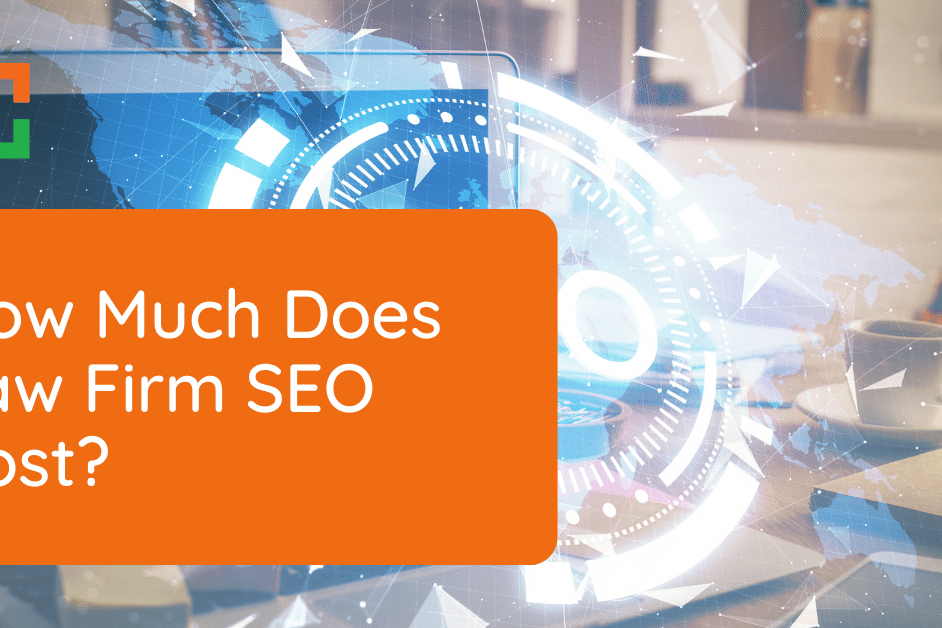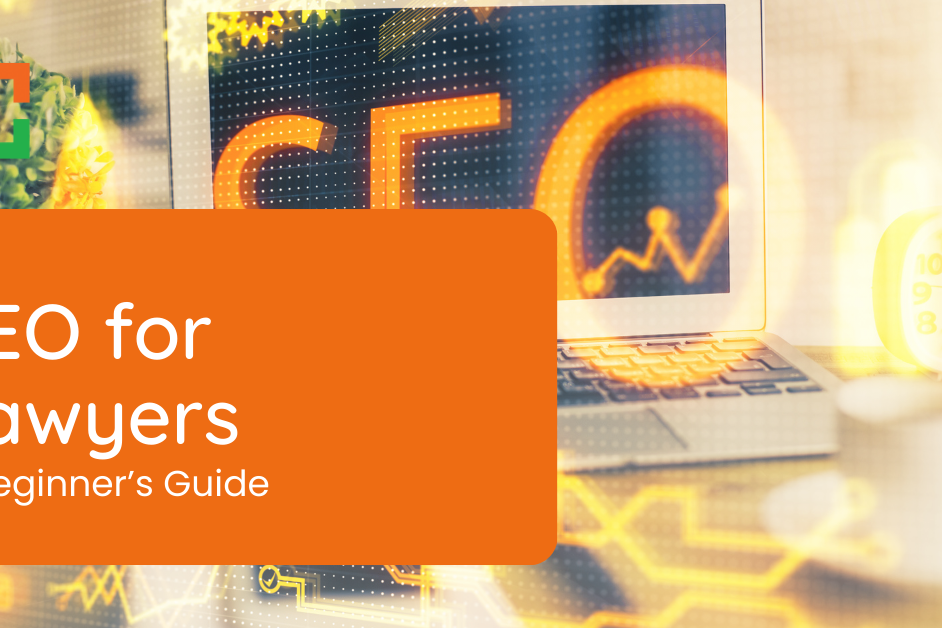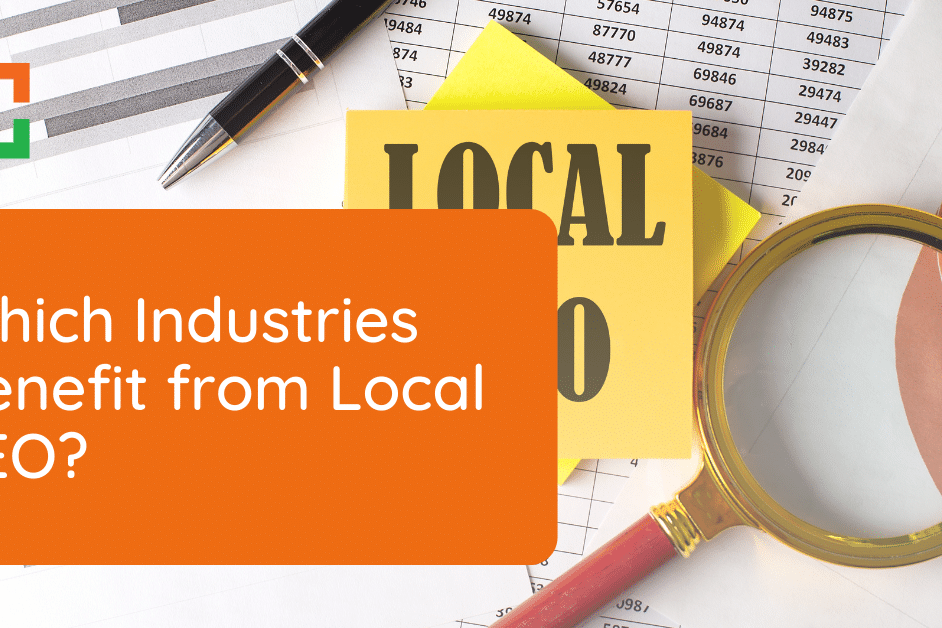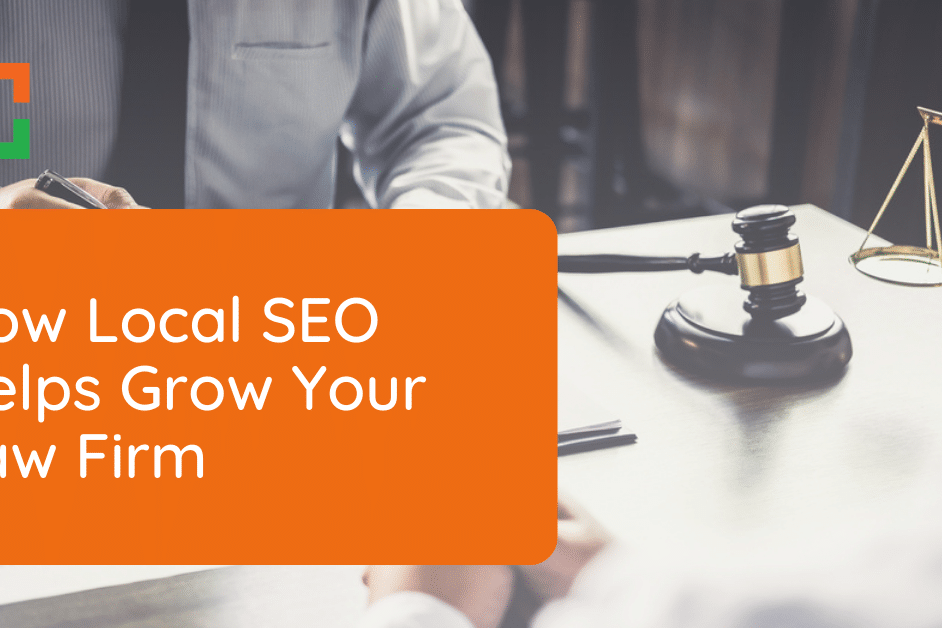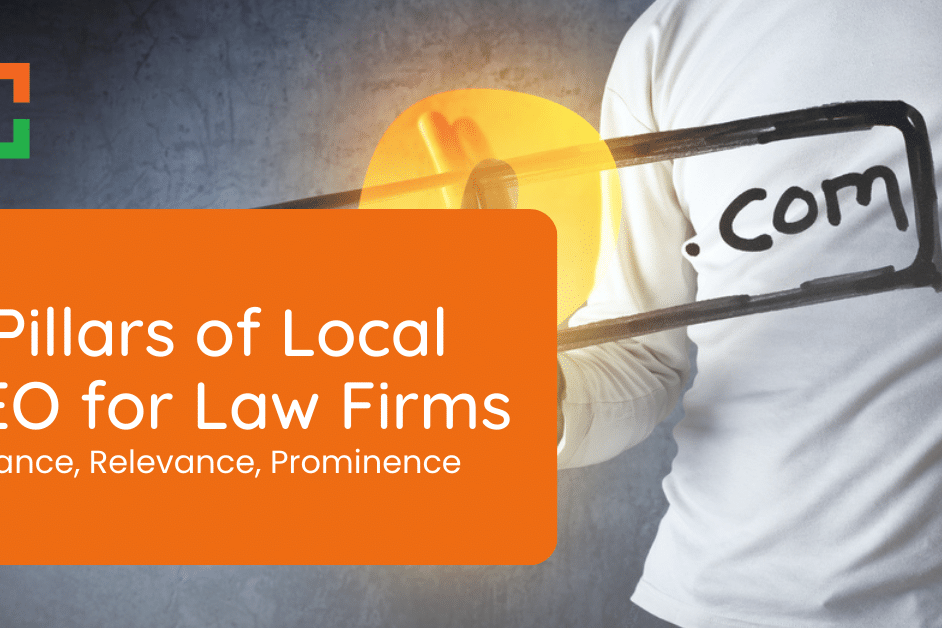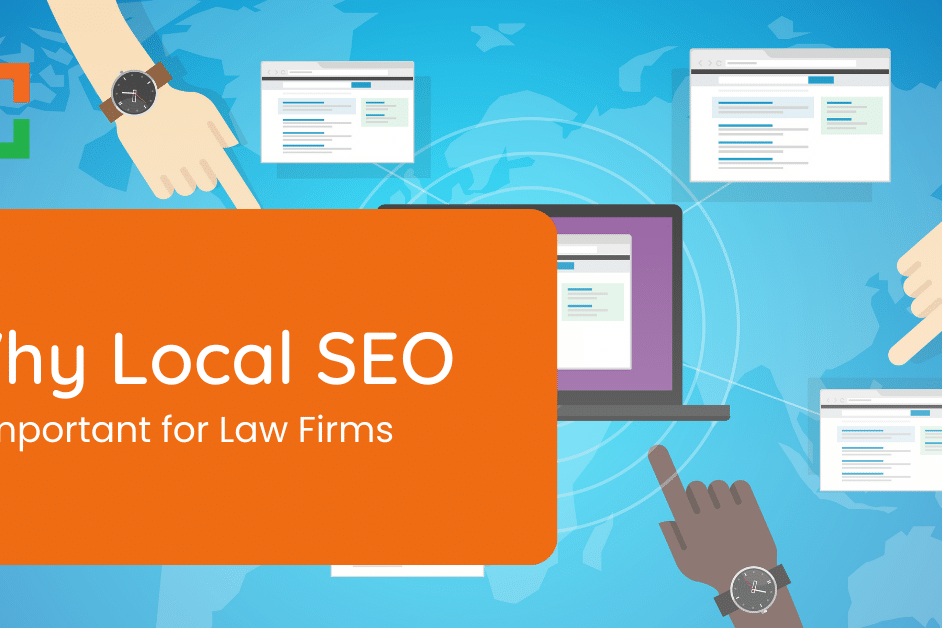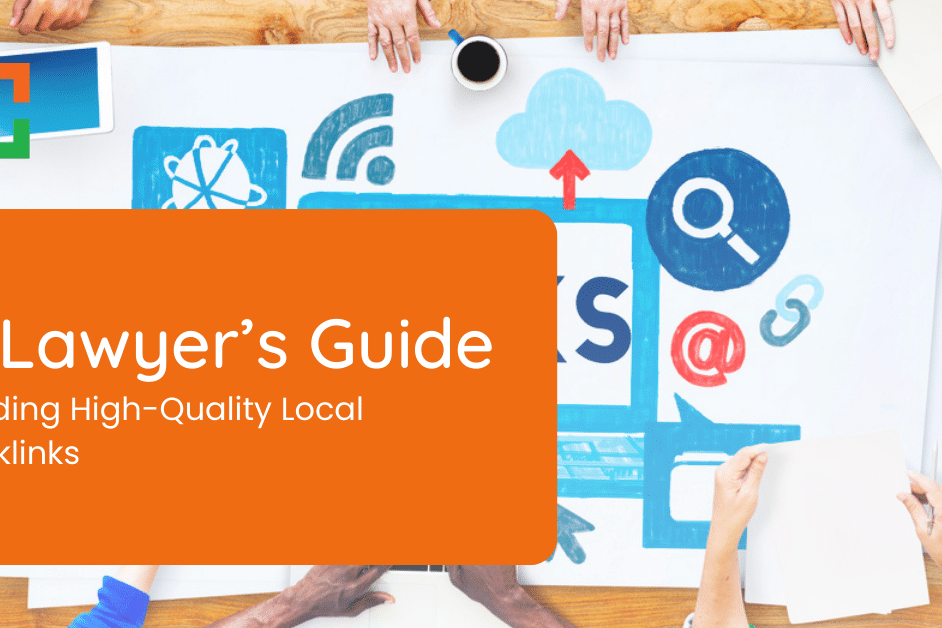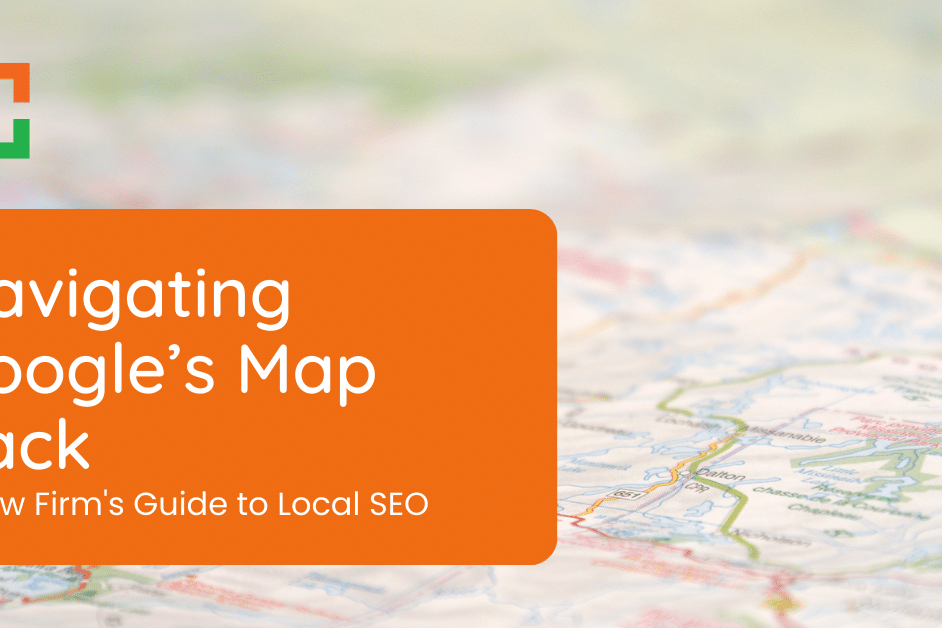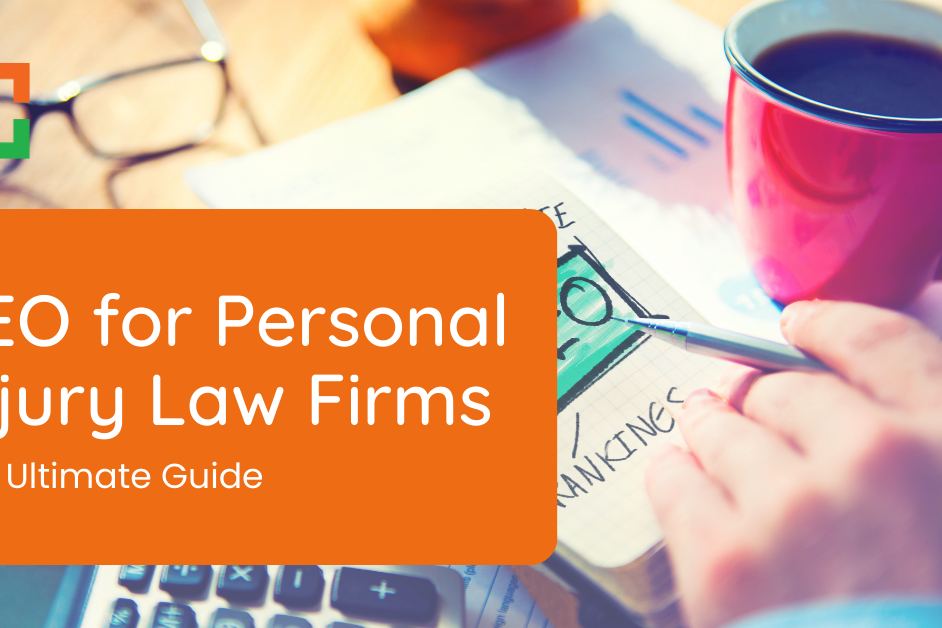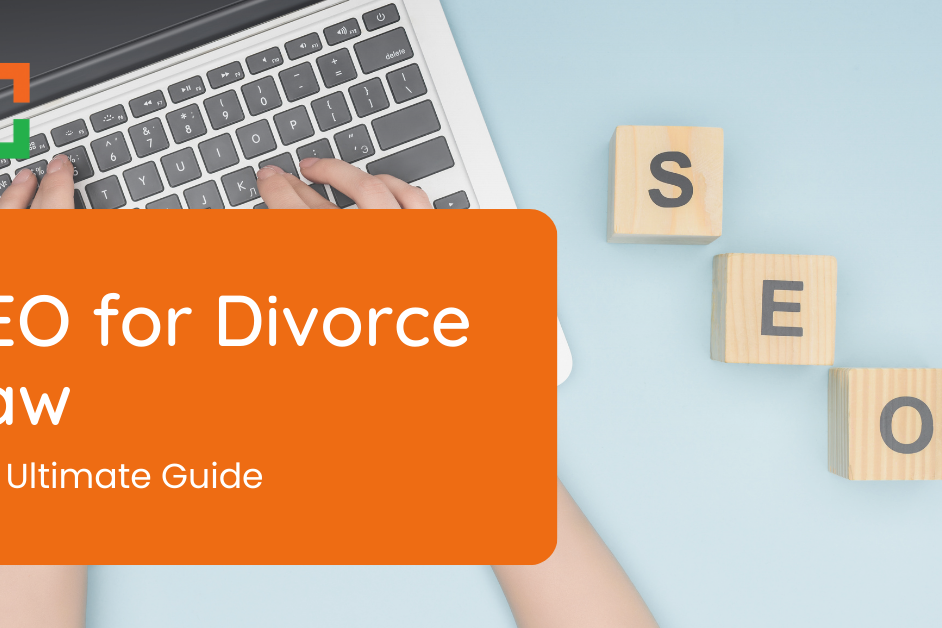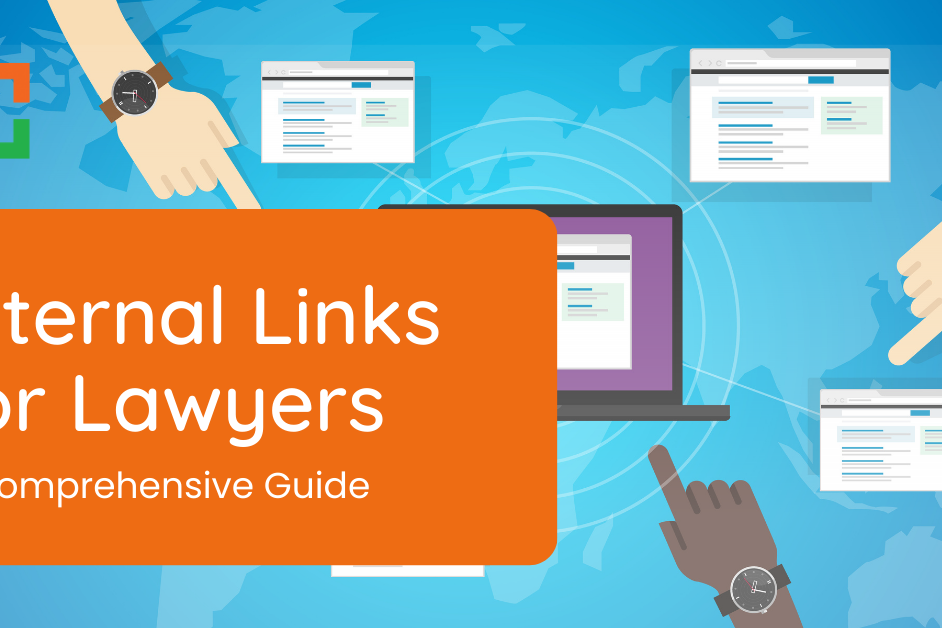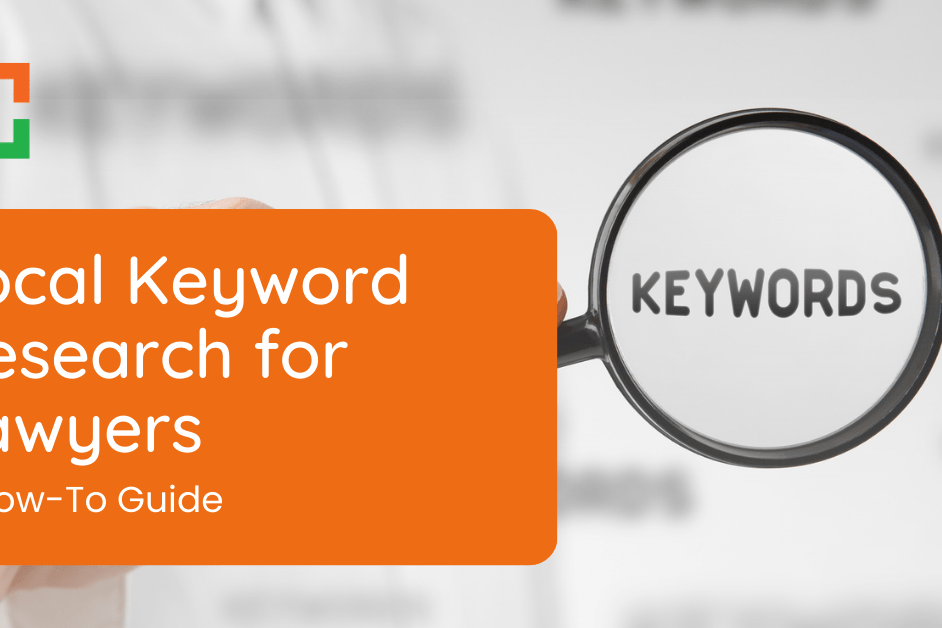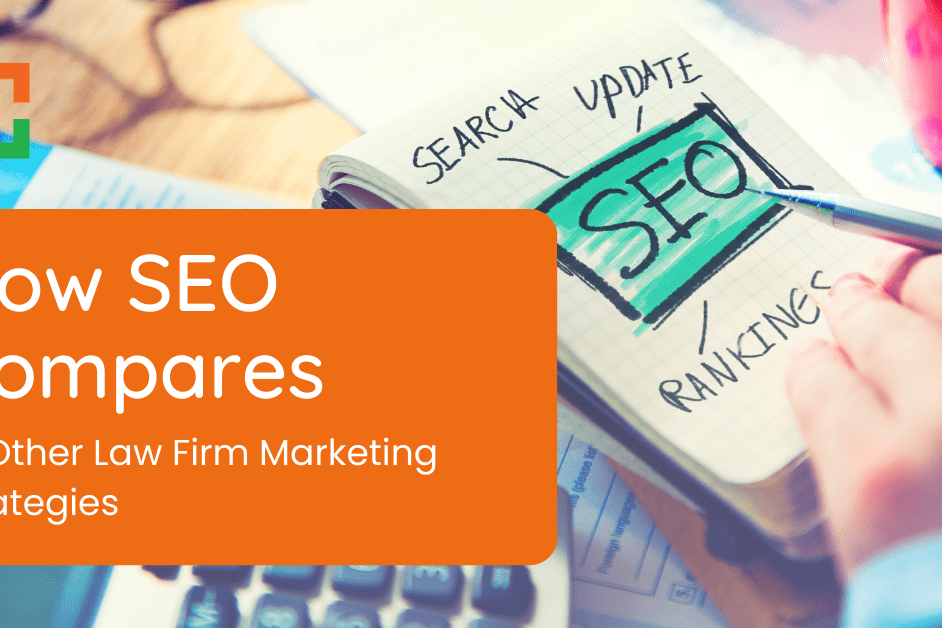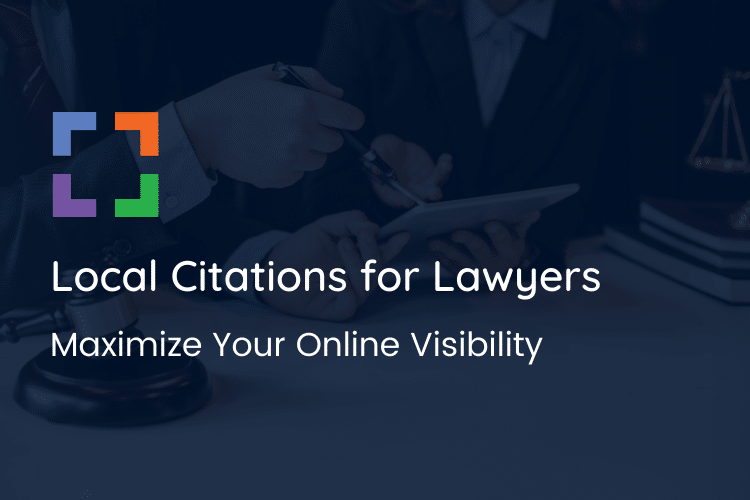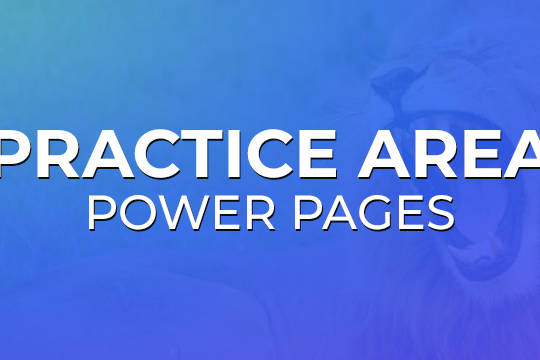How Long Does SEO Take?
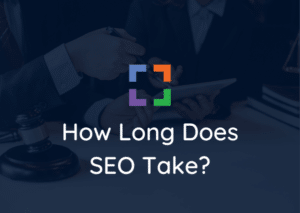 Are you expecting results within days or weeks of implementing a law firm SEO strategy?
Are you expecting results within days or weeks of implementing a law firm SEO strategy?
If so, there’s good news, and there’s bad news.
The good news is that by putting time, effort, and resources into law firm SEO, you’re investing in the long-term health of your business. The bad news is that it’ll take months, not days or weeks, to start truly paying dividends.
A common mistake law firms make is pulling the plug too early on SEO campaigns because they don’t produce the expected traffic within a few short weeks.
Patience is definitely a virtue when it comes to SEO. Unlike Google Ads, it won’t immediately send you qualified leads.
You need to play the long game. Do the right things consistently enough, and you’ll see a stellar return on your investment in the shape of a steady flow of traffic, leads, and new clients.
Don’t believe me?
Our clients’ success stories regularly reveal between 100 and 2,000 percent increases in web traffic from SEO campaigns.
Table of Contents
SEO metrics to pay attention to
Before we go too far into the weeds, let’s first define “results.” It may surprise you, but:
The job of SEO is not to increase your number of paying clients.
That’s right. While SEO should ultimately lead to more clients, its main purpose is to send more traffic and leads your way.
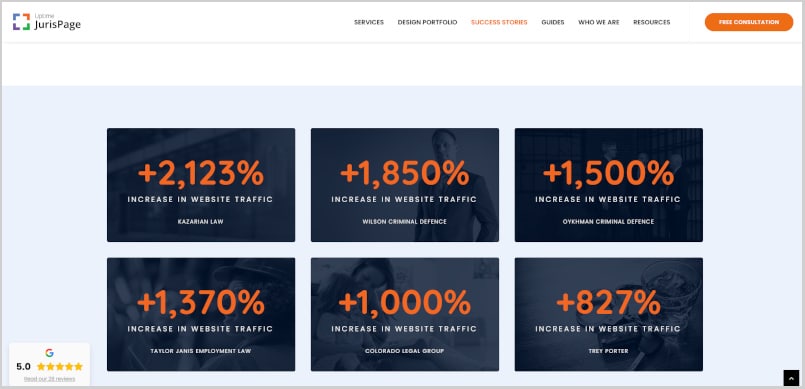
You cannot hold SEO responsible if it sends traffic that doesn’t convert into sales and more revenue — it’s only part of your firm’s sales and marketing system.
Every lead that comes your way needs converting through the actions that your people take, i.e., you need a well-defined sales process to back up your SEO.
So, you should measure the performance of SEO campaigns with:
- the rankings you achieve for target keywords,
- the volume and quality of the traffic you get,
- and the number of leads it sends your way.
How long does SEO take to work?
Now that we’ve cleared up what metrics to measure, let’s put some real numbers to it.
There’s no defined time limit but, law firm SEO campaigns should be given at least 4-6 months to begin producing results.
In fact, “campaign” is probably the wrong word to use here. SEO is more like an ongoing commitment because once you reach the top, you need to work hard to stay there.
Here’s what Google’s Maile Ohye said about it:

That’s a long time. It demonstrates the long-term nature of SEO campaigns. It’s also backed up by feedback we get from our clients and other notable sources.
Ahrefs conducted a recent LinkedIn poll asking, “How Long Does SEO Take?” Here are the results from almost 4,000 respondents.
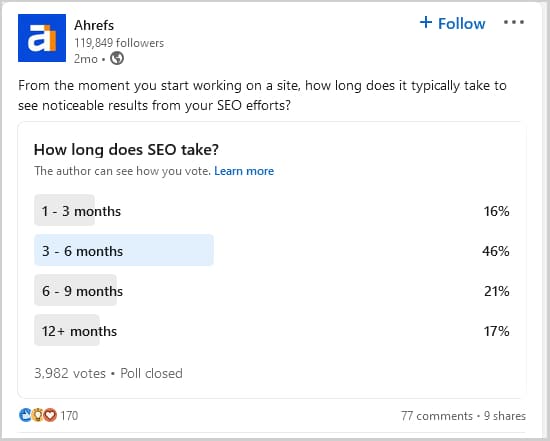
Similar responses were also generated from a Twitter poll conducted by Ahrefs.
A Danish research team asked 75 SEO experts how long SEO results take, and an even longer timeframe was put on it:
While two-thirds of the experts agreed that the first results of SEO may be seen within 2-4 months, 82 percent of respondents said that SEO generally takes 6 months to show an increase in traffic, on average, and the full results of good SEO strategies are visible only after 12–24 months.
Which factors influence the time SEO takes to work?
If we accept that SEO generally takes months to work rather than weeks, we also need to consider that it depends on many influencing factors, as follows.
How established your website is
More established websites have had longer to develop content, establish authority, and generate high-quality backlinks. That equates to higher rankings and more traffic.
A start-up law firm may have to double down on its SEO efforts in its first year or so to get rewarded by search engines.
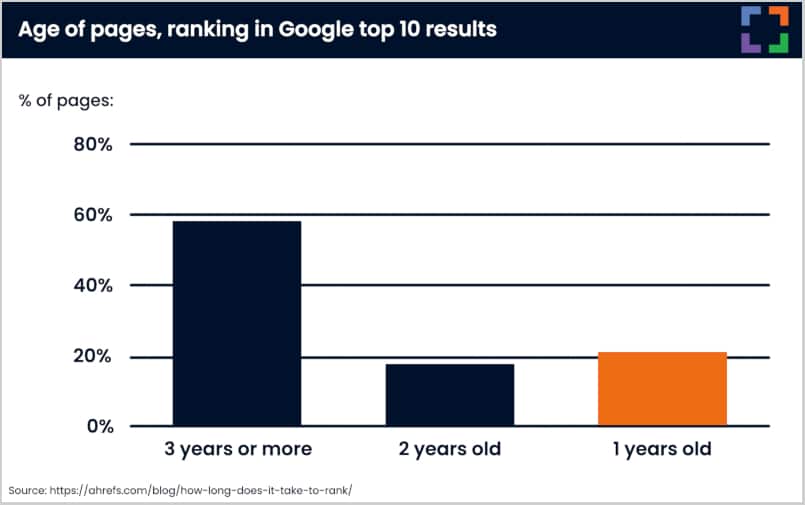
This graph shows that 78 percent of the top 10 ranking pages are over one year old. In fact, the number-one ranking sites are typically at least three years old. One percent (just over) of pages less than one-year-old rank in the number one position on Google.
Only 5.7 percent of all newly published pages will rank in Google’s top 10 for at least one keyword within a year.
Brand new law firm websites may take 10-12 months to bring traffic from search engines. Many SEO experts believe that new websites are placed in the “Google Sandbox” during the first year, where they’re prevented from ranking well for keywords until they’re more established.
The strength of the competition
Whatever SEO strategies you implement, if your competitors do it better, their pages will rank higher than yours.
Most law firms face fierce competition for rankings, but you can improve your chances with best-practice keyword research for lawyers.
You can rank for niche keywords with less competition by targeting the right keyword phrases rather than battling for the most popular ones.
For instance, if you practice personal injury law, terms like “personal injury” will be highly competitive. If your main niche is bicycle accidents, then “bicycle accident lawyer” is far less competitive, and you’re more likely to rank on page one of Google in less time.
Ahrefs keyword difficulty checker can help you check the competitiveness of the keywords you’re targeting.

Ahrefs estimates that a website would need backlinks from 192 websites to rank on the first page of Google for this term.

The term “bicycle accident lawyer” is still classed as “hard” to rank for, but Ahrefs estimates that a website would need backlinks from 40 websites to rank on the first page of Google.
This is considerably fewer than for “personal injury,” and you could reduce this further by adding the city or area you’re targeting to the keyword phrase. Clearly, you’ll face less competition for “bicycle accident lawyer Fargo” than for “personal injury lawyer New York.”
The larger the volume of quality competition, the more competing web pages you’re up against and the longer it’ll take for your website to climb the rankings.
By virtue of their results, the top websites are getting things right with their SEO and may have seasoned SEO professionals in charge.
So, you may be able to easily outrank the pages at the bottom. But as you climb the rankings, it will get progressively more difficult (and more time-consuming and expensive) to climb any higher.
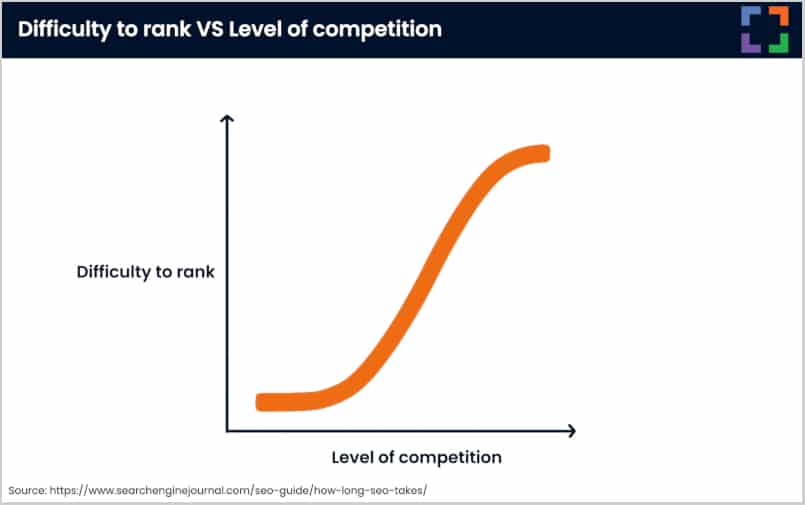
Your law firm’s SEO strategy
Haphazard SEO is unlikely to get you very far. To produce the quickest results, you need a coherent SEO strategy. You must take consistent action over a lengthy period to see the true benefits.
The strategy you devise should include:
- Target keywords: We’ve covered the importance of keyword research and selection above.
- Page experience and usability: Core Web Vitals is Google’s name for the factors that determine user page experience. Certain factors like page-load speed, mobile-friendliness, security, and handling of popups are used in determining Google Search rankings. The sooner you master these on your website, the quicker your rankings will improve.
- Content development: The quality of your practice pages, blog articles, FAQs, videos, infographics, and other multimedia content matters greatly and will help determine how well you rank with the search engines — and how quickly. Investing in a coherent content marketing strategy where you answer the key questions in potential clients’ minds will help you rank, increase leads, and attract important inbound links. Maintaining a consistent publishing schedule generally works better than publishing content in surges.
- Onsite optimization: This includes actions like the placement of keywords in page titles/descriptions, the use of keywords in headers, the use of images and multimedia content, the use of schema markup language, etc.
- Link-building: Gradually developing a backlink profile where high-quality websites point to your pages is essential to improve rankings (more about this below).
The resources available and the professionals you hire
If you invest in the right professionals, you’re likely to get quicker and better results from SEO.
It’s no secret that some SEO professionals have a demonstrable track record of getting results while others who claim to be SEO professionals indulge in “smoke and mirrors.”
SEO for lawyers is a specialist area that is best entrusted to professional law firm marketers who understand the challenges in the legal profession and can demonstrate a track record of getting results for clients.
Most times, you get what you pay for with SEO, and hiring true law firm SEO professionals is likely to bring quicker results.
5 benefits of a long-term SEO strategy
Here are a few benefits of maintaining a consistent SEO strategy.
1. Increase rankings over time
You’ll see results over time if you do the right things with SEO (especially with keyword targeting, onsite optimization, user experience, link-building, and content development).
That should be the goal as opposed to instant results.
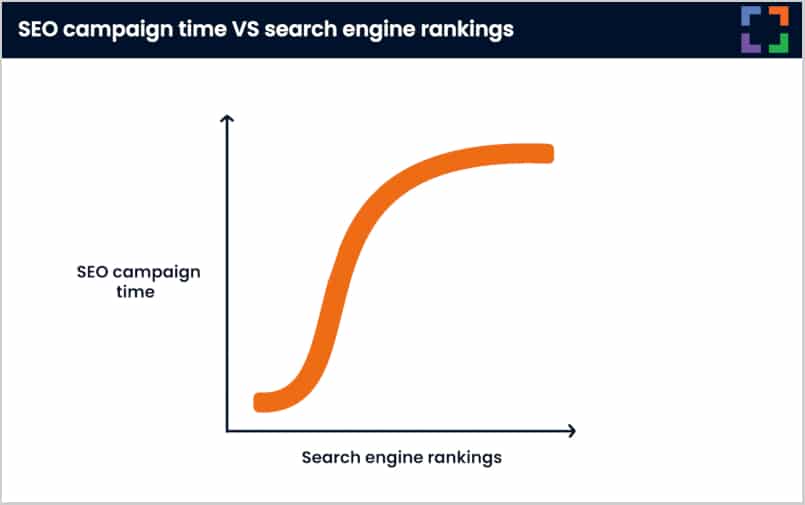
The more established your website becomes, the more interest and backlinks it will attract naturally, providing a longer-term boost to rankings. However, once you reach the first page of Google, it gets progressively more difficult to oust the competition for the top few places.
2. Organic and natural backlink growth from SEO over time
Generating backlinks to your website will come naturally if you follow best-practice search engine optimization. But the high-value links that are worth the most are hard to earn.
The best SEO professionals know how to actively attract these links, which are so important for your rankings. Even a few high-quality backlinks will often provide more SEO benefits than many inferior links (poor-quality links can even count against you).
High-quality backlinks are also harder for your competitors to replicate.
Keep in mind that search engines prefer a steady, organically grown link profile, i.e., one that appears natural rather than unnatural.
Abrupt increases, like in the following graph, could seem unnatural and might be viewed as an attempt to manipulate or “game” the ranking system.
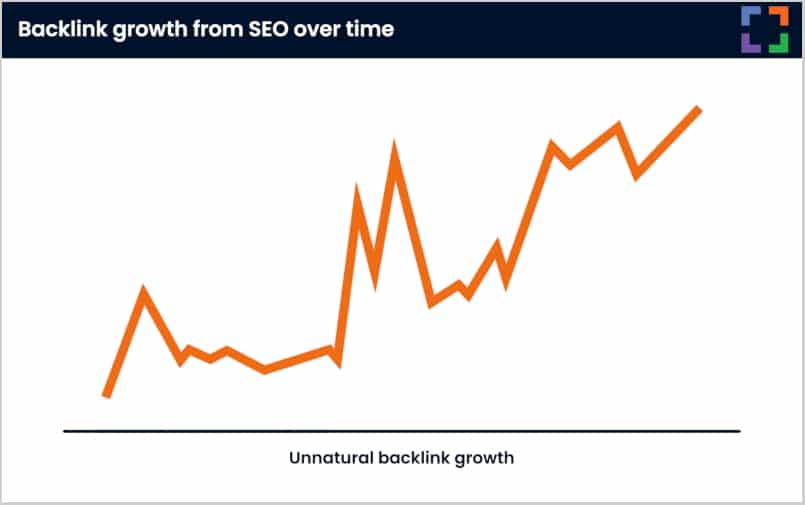
An abrupt increase in backlink numbers may even get you penalized if it is deemed a breach of Google’s Search Essentials.
Instead, aim for the following type of growth in your backlink profile.
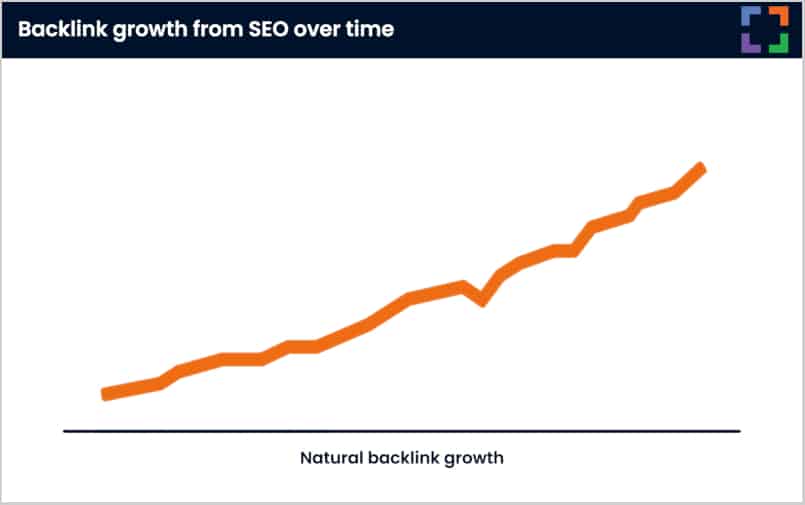
There may be the occasional jump in the number of backlinks pointing to your website — for instance, if you’re featured in the media or publish an informative infographic — but generally, the upward trend should be gradual and stable.
3. Increase traffic over time
You might be surprised to learn that 90.63 percent of published content gets zero traffic from Google. Your SEO efforts are intended to include you in the other 9.37 percent that does get traffic.
As your rankings improve over time, you’ll notice an increase in traffic. This will be one of the first indications that your SEO strategy is working.
Again, remember that once you reach the first page of Google, it gets progressively more difficult to oust the competition from the top few places, but as you do, you will see a corresponding increase in traffic.
Research by Poll the People found the following:
- The biggest jump in Google traffic (143 percent) occurs from position 11 to position 10 (second page to first page)
- Position one in Google gets 34 percent of the organic traffic
- Improving from position 2 to position 1 will double your organic traffic
- Position 1 is worth the traffic of positions 2,3,4, and 5 combined
- Position 1 is worth the traffic of positions 5-20 combined
Here is an interesting graph that shows the difference in traffic for the first 15 positions in Google search results.
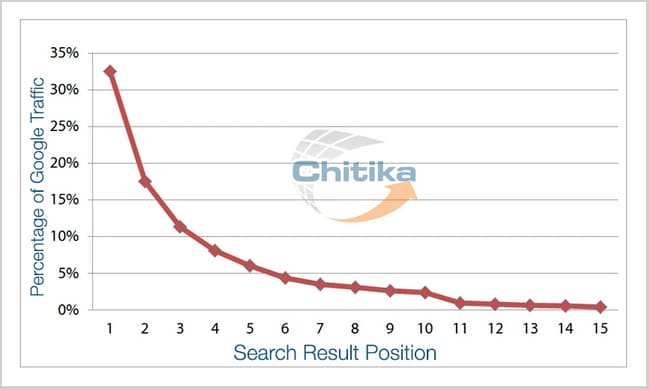
4. Improve conversions over time
Just because your website gets better rankings and more traffic doesn’t necessarily mean you increase your number of paying clients.
That will depend on how convincing you make the pages that visitors land on from organic search results.
Whether you want your visitors to book a free consultation, fill in a form, sign up for your law firm’s newsletter, download an eBook, or call and make an appointment, you need professionally landing pages to persuade visitors to take the required action.
The average SEO conversion rate is between 2 and 3 percent. That means that for every 100 visitors, you should expect 2 or 3 people to take the required action.
Wordstream puts the average website conversion rate at 2.35 percent.
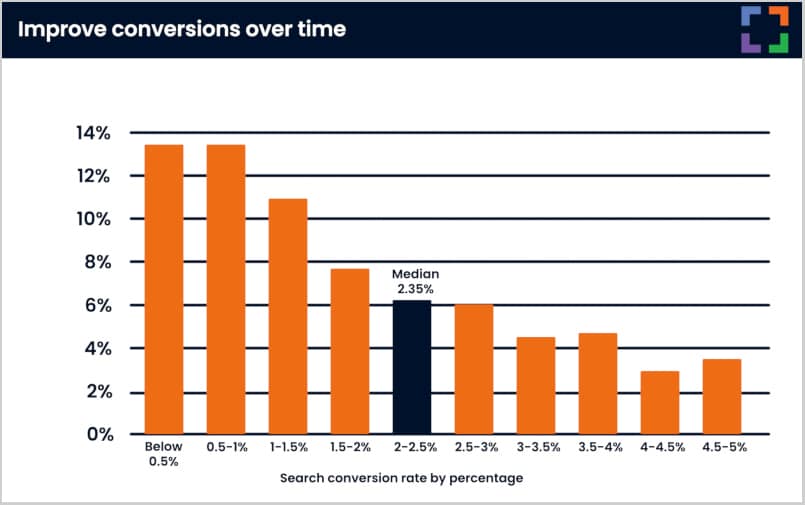
While no statistics are available specifically for SEO conversions for law firms, Marketing Sherpa estimates that professional and financial services have a relatively high conversion rate of around 10 percent — that’s one in every 10 visitors converting.
Regardless, well-optimized landing pages can increase your firm’s conversion rate to well above the average of 2-3 percent across all industries.
Over time, higher rankings translate to more traffic as your SEO efforts bear more fruit. Providing you have optimized your landing pages and have a slick system for booking appointments and onboarding clients, you will naturally increase the number of paying clients through the door.
5. Increase the value of your business with SEO
That SEO generally takes 6-12 months or even longer to see significant results can present a challenge to many law firms that need clients through the door — especially smaller firms with fewer referrals or business from other offline sources.
You’ll need a realistic plan and to manage expectations accordingly.
SEO is never really “done,” and while the initial timeframe may be 6-12 months, you’ll need to build on results and work to maintain the forward strides you’ve achieved.
Google can change its algorithms hundreds or even thousands of times per year, which can change your rankings overnight, so SEO needs to be an ongoing commitment.
Rather than thinking of SEO as “improving search rankings,” it’s best viewed as “building website authority,” which ultimately leads to higher rankings and more traffic. But it takes time.
If you develop a long-term vision for SEO, you’ll also see that it increases the value of your business over time. You could even end up selling your business for a higher value if it comes with a website boasting number-one rankings due to your SEO efforts.
As an example of this, Search Engine Journal compared two businesses:

https://www.searchenginejournal.com/what-is-the-value-of-a-top-ranking-in-google/187733/
Company A and Company B both generate the same level of sales. Still, Company A gets most of its business from its excellent organic rankings, and Company B relies on PPC to generate revenue, ultimately leading to lower earnings.
One valuation approach is to multiply earnings by three.

Company A is significantly more valuable than company B despite the same level of sales.
So, when you calculate the return on investment of your SEO efforts, it’s worth factoring in its long-term value to your business.
How long SEO takes depends…
“How long does SEO take?” can be a frustrating question both for clients and legal marketers because there’s no definitive answer.
As frustrating as it is, the answer is… it depends.
It’s possible to see vast initial improvements in organic rankings and an increase in traffic for uncompetitive keyword topics in a few weeks. For more competitive keywords and topics, think months. And for the full benefits to be seen, think 6-12 months or more.
SEO may not be an exact science, but it is something of a science — where the results are generally predictable if you take certain actions consistently.
You’ve seen the factors influencing SEO and what you can expect by investing time and resources. Now it’s time to take the consistent actions that most of your competitors are not taking, which is the only surefire way to bring the stellar results you’re looking for.
Related Posts
March 8, 2024
Keyword Research for Lawyers: Choosing the Right Keywords to Get More Traffic and Leads
The ultimate guide to keyword research…
February 15, 2024
How Marketing Helps Law Firms Succeed: Strategies and Benefits
Explore the role of marketing in law…
January 30, 2024
SEO for Lawyers: A Beginner’s Guide (With 50+ Examples)
SEO for Lawyers is one of the best ways…
January 22, 2024
Why Should Businesses Optimize for Local SEO?
Discover which industries benefit most…
January 5, 2024
3 Pillars of Local SEO for Law Firms: Distance, Relevance, Prominence
Learn about the three most important…
December 28, 2023
The Lawyer’s Guide to Building Strong Local Backlinks
Learn about the importance of building…
December 7, 2023
Navigating Google’s Map Pack: A Law Firm’s Guide to Local SEO
Learn about Google's Map Pack, why your…
October 18, 2023
Local SEO for Lawyers: A Guide to Winning More Local Leads
Learn about the importance of local SEO…
May 30, 2023
SEO for Personal Injury Law Firms: A Complete Guide
Learn all about the power of personal…
April 5, 2023
Internal Links for Law Firm SEO: A Comprehensive Guide
Learn everything you need to know about…
March 23, 2023
Local Keyword Research for Lawyers: A How-To Guide
Learn all about the importance of local…
March 21, 2023
What Is Search Intent and Why Does It Matter for Law Firm SEO?
Learn all about search intent for law…
March 10, 2023
How SEO Compares to Other Law Firm Marketing Strategies
Learn about the importance of SEO for…
March 7, 2023
21 Ways to Attract More Backlinks to Your Law Firm’s Website
Learn about the importance of backlinks…
February 16, 2023
Local Citations for Law Firms: Maximizing Your Online Visibility
Learn what you need to know about local…
December 15, 2022
Google Business Profile for Lawyers: How to Skyrocket Your Local Search Leads (for Free)
Learn everything you need to know about…
April 4, 2022
SEO for Criminal Defense Lawyers: What You Need to Know
Even criminal defense law firms need to…
July 23, 2019
Practice Area Power Pages: 21 Tips to Get Your Service Pages to #1 in Google
All law firm's need practice area…







